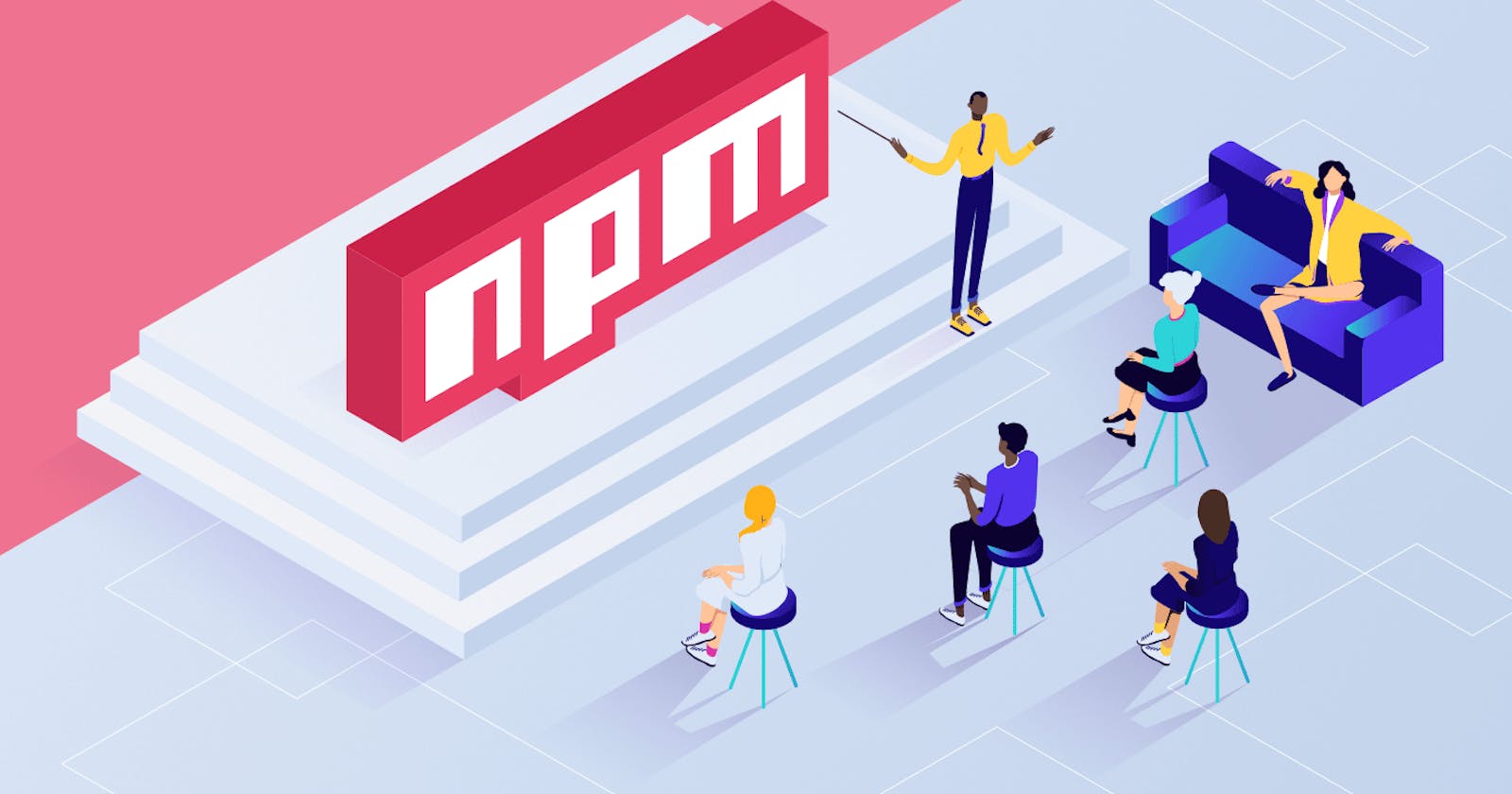NPM: The Node Package Manager For JavaScript Development
In the world of JavaScript development, managing dependencies and packages is crucial for building robust applications efficiently. NPM (Node Package Manager) stands as the cornerstone of this process, offering developers a vast ecosystem of reusable code and tools. Let's explore what NPM is, its key features, and why it has become an indispensable tool for developers worldwide.
What is NPM?
NPM is a package manager for JavaScript, widely used to discover, share, and distribute code packages and manage project dependencies. Initially created to accompany Node.js installations, NPM has evolved into a comprehensive ecosystem serving both server-side and client-side JavaScript development.
Key Features of NPM
1. Massive Package Repository
NPM hosts one of the largest repositories of open-source JavaScript packages, with millions of libraries and tools readily available for use. Whether you need a utility function, a UI framework, or a testing library, chances are NPM has a package that fits your needs.
2. Dependency Management
NPM simplifies dependency management by allowing developers to specify project dependencies in a package.json file. Dependencies can be installed, updated, and removed easily using NPM commands, streamlining the development process and ensuring consistency across environments.
3. Versioning and SemVer
NPM follows Semantic Versioning (SemVer) principles, enabling developers to specify version ranges for dependencies. This ensures compatibility and provides flexibility in choosing which package versions to install while maintaining backward compatibility with existing code.
4. Scripting and Automation
NPM enables developers to define custom scripts in the package.json file, automating common development tasks such as building, testing, and deployment. With NPM scripts, developers can streamline their workflows and execute complex tasks with a single command.
5. Security
NPM prioritizes security by continuously scanning packages for vulnerabilities and providing tools to audit and fix security issues. Additionally, NPM supports two-factor authentication (2FA) for enhanced account security, protecting developers' credentials and preventing unauthorized access.
Getting Started with NPM
Installation
NPM is bundled with Node.js, making it available automatically upon Node.js installation. To install Node.js and NPM, visit the official Node.js website and download the appropriate installer for your operating system.
Basic Usage
Once Node.js and NPM are installed, you can start using NPM to manage dependencies and run scripts in your projects. Here are some common commands:
npm init: Initialize a new project and create apackage.jsonfile.npm install [package]: Install a package and save it as a dependency inpackage.json.npm install: Install all dependencies listed inpackage.json.npm update [package]: Update a specific package to its latest version.npm run [script]: Execute a custom script defined inpackage.json.
For a comprehensive list of commands and options, refer to the NPM documentation.
Conclusion
NPM has revolutionized the way JavaScript developers build applications by providing a vast ecosystem of reusable code, streamlined dependency management, and powerful automation tools. Whether you're working on a small project or a large-scale application, NPM offers the flexibility and capabilities to enhance your development workflow. Embrace NPM, harness the power of its ecosystem, and take your JavaScript projects to new heights of efficiency and scalability.
